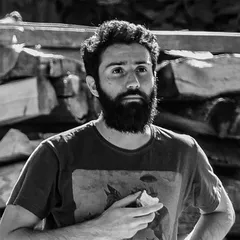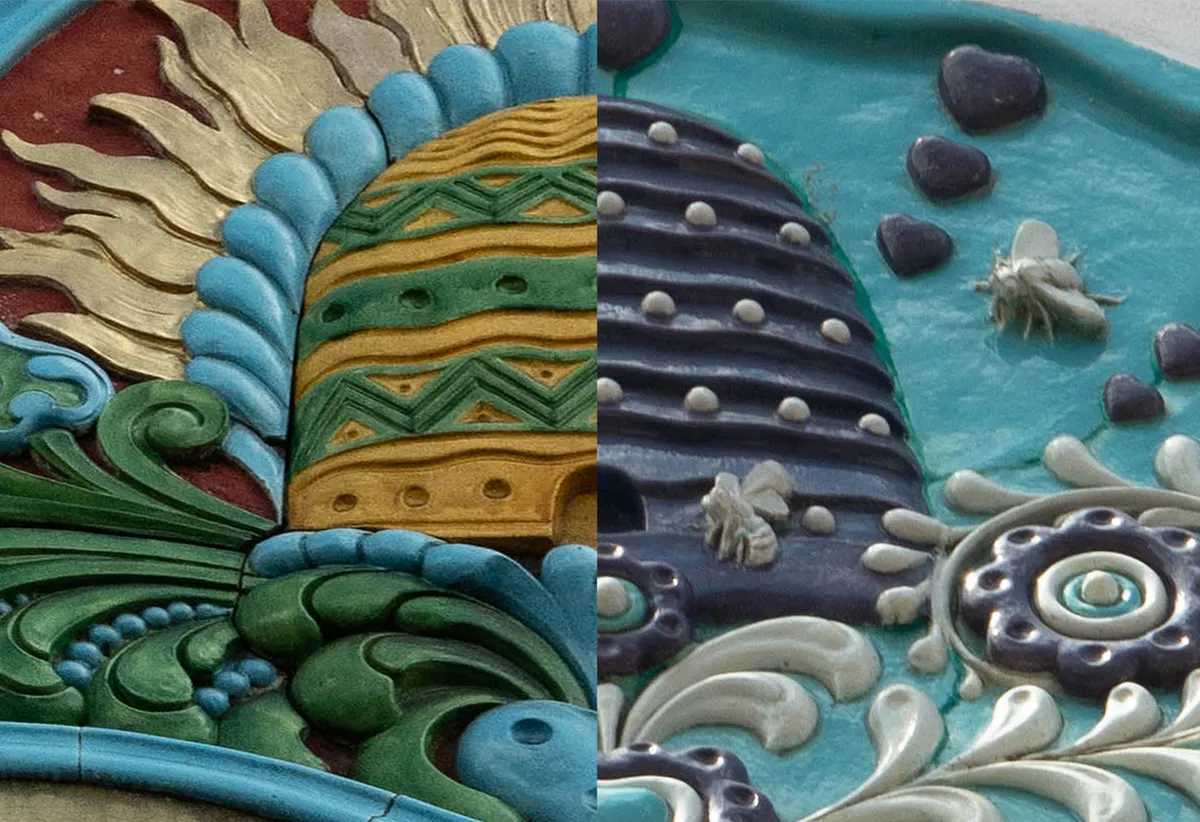
1/1

Author(s) / Team representatives
Mihai-Claudiu Moldovan
Profession
cercetător
Photo/design credits
Mihai-Claudiu Moldovan, Răzvan Iliescu
Text presentation of the author in English
Trained in the field of architecture, Mihai-Claudiu Moldovan is a member of the Association Prin Banat, active in a variety of projects aimed at researching, documenting, promoting and safeguarding built heritage. Working mostly in the non-governmental sphere, he is the author of several regional heritage research publications, such as Detaliul Secession - Timișoara (Intaglio publishing house, 2021), Art Nouveau in Timișoara - a chronological approach (Patrimonia publishing house, 2022), Heritage of Timișoara Magazine #1 - Plevnei Square (Noua publishing house, 2022), Heritage of Timișoara Magazine #3 - Victoriei Square (Noua publishing house, 2023) or co-author of Common Heritage - A tale of four cities (Intaglio publishing house, 2023). In the last decade he has been involved in projects such as Heritage of Timișoara, Common Heritage or Ambulance for Monuments - Banat.
Text abstract in English
With its distinct spatial configurations, each city is a unique urban entity,
distinguished by individual formal and spatial characteristics, the result of a
particular process of urban and architectural evolution. In terms of architectural
detail, the vocabulary used has remained constant over time, based on the
Greco-Roman repertoire. From the 1900s onwards, however, there was a formal
liberation due to both the philosophical changes of the time and technological
developments. This gave rise to truly unique buildings that became important
landmarks in urban landscapes. Timisoara is no exception, with many of its
architectural details recognized and considered unique. The lack of comparative or archival research exercises, caused by the geopolitical context of the 20th century in the historic Banat region, has led to a stagnation in the exploration of this heritage.
In recent years, however, new research highlights the common character of the
region's cities by identifying buildings signed by renowned architects who worked in the region. For example, the architect Lipót Baumhorn, whose works can be found in Timișoara (Romania), Lugoj (Romania), Szeged (Hungary), Subotica (Serbia) and Novi Sad (Serbia), often shows a similar decorative repertoire, with his buildings often featuring identical decorations. An important direction of research is the study of the methods of transfer of information and trends at the beginning of the 20th century, with an emphasis on the relations of mutual influence between the main creative centers. Ornamentation catalogues circulating throughout Europe, featuring plaster ornaments, have had a significant impact, and the local adaptations made by plaster craftsmen in each city are also a subject of major interest, resulting in details adapted to the local specificity of each city.
Researching the common decorative repertoire of the cities of the Euroregion not only makes a valuable memorial contribution, bringing together common narratives that were brutally fragmented in the last century, but also has professional relevance. The comparative study may become a useful tool for further research and further investigation, filling gaps in the current literature. Finally, the common ornaments identified in the cities of the Euroregion can become ambassadors of a unitary discourse, contributing to the conclusion and development of collaborations and joint projects.
